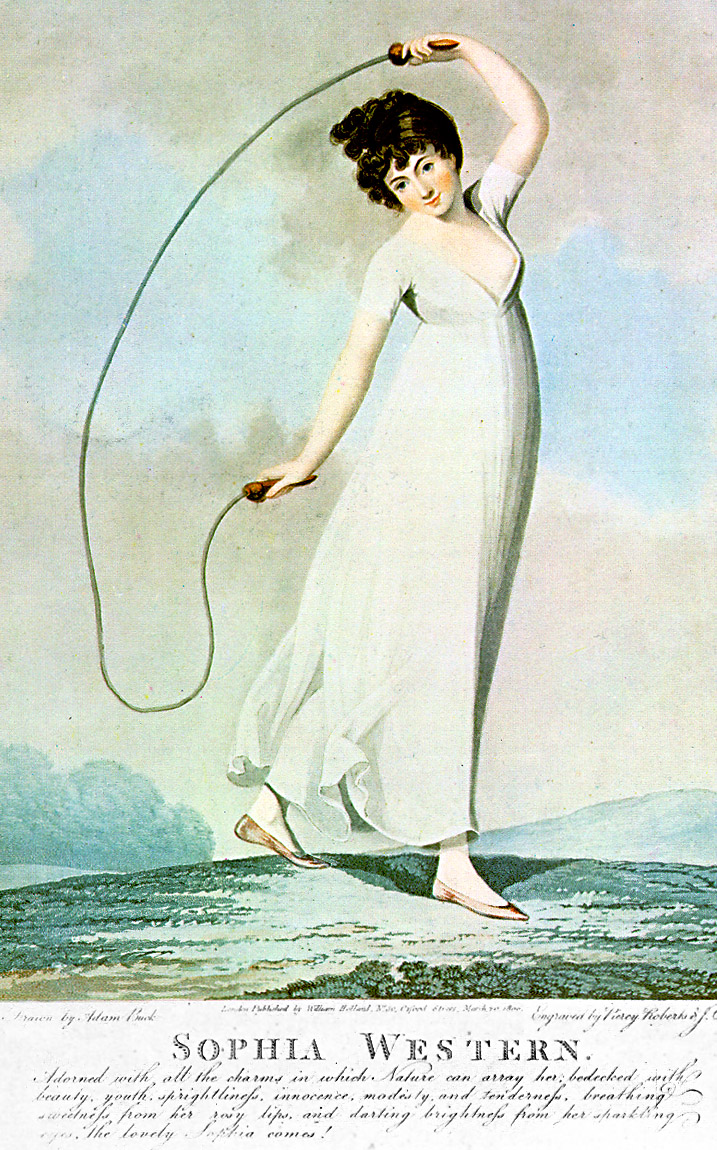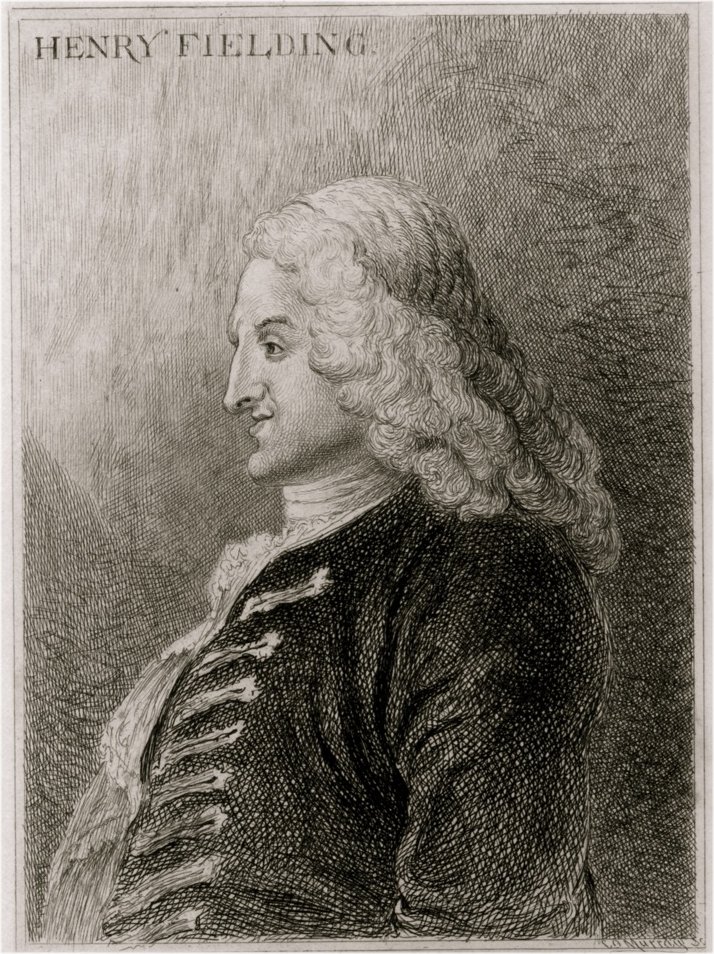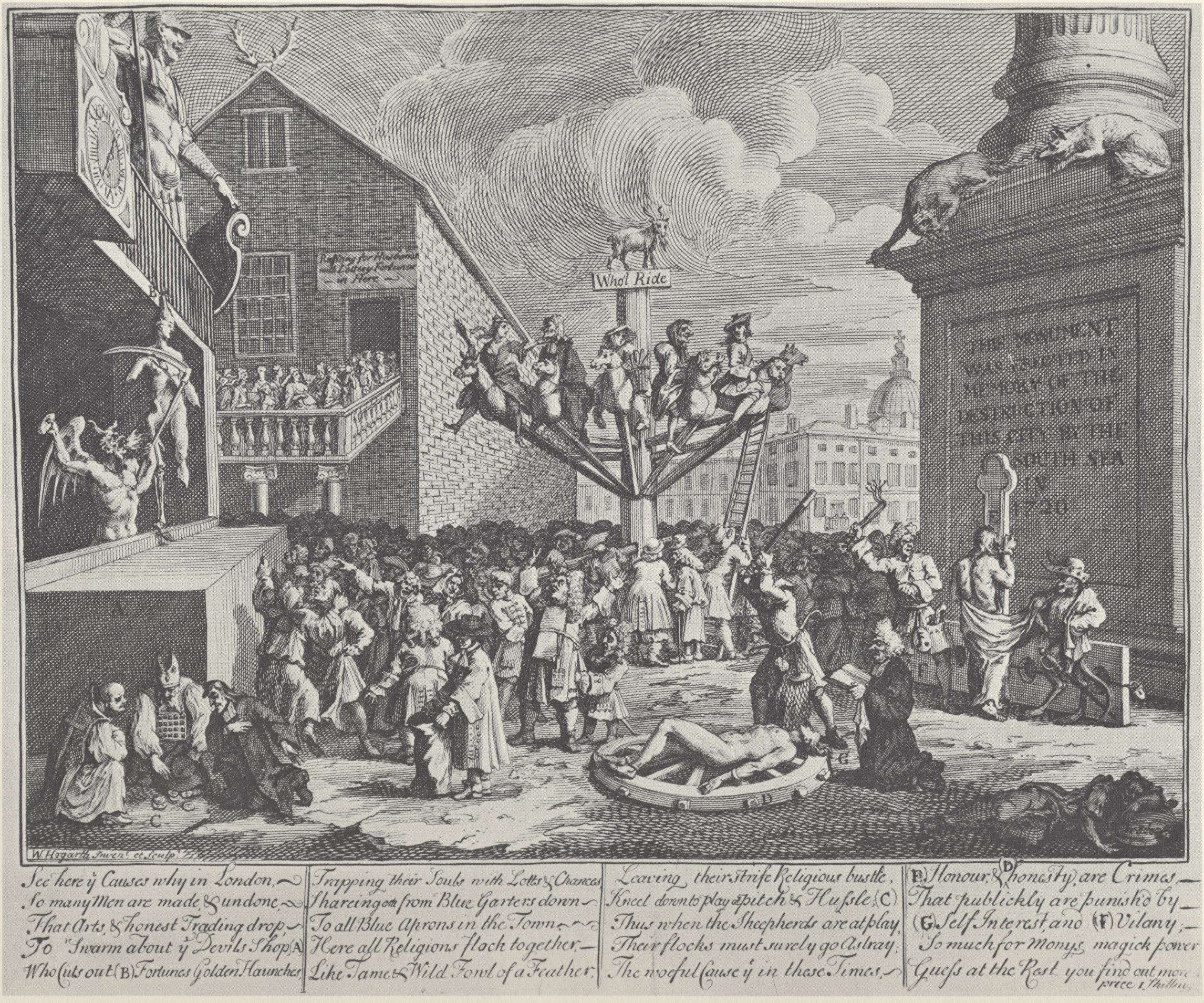|
Jean Misaubin
John (Jean) Misaubin (1673 – 20 April 1734) was an 18th-century Huguenot French and British physician and "quack." Career He was born in Mussidan, in the Dordogne in France. His father was a Protestant clergyman who later preached in the French Church in Spitalfields. He qualified as a medical doctor in Cahors. As a Huguenot, he later left France for London. There, he married Martha (Marthe) Angibaud in 1709. She was the daughter of Charles Angibaud, formerly Louis XIV's apothecary and also a Huguenot who had left France in 1681, shortly before the revocation of the Edict of Nantes in 1685. Angibaud was later master of the Worshipful Company of Apothecaries in 1728. Both Angibaud and Misaubin had premises on St Martin's Lane. Misaubin became a naturalized subject of the Crown in 1719. The same year, he passed the three-part examination (physiology, pathology and therapeutics) to become a licentiate of the Royal College of Physicians. Dual qualified, in France and Grea ... [...More Info...] [...Related Items...] OR: [Wikipedia] [Google] [Baidu] |
St Martin's Lane
St Martin's Lane is a street in the City of Westminster, which runs from the church of St Martin-in-the-Fields, after which it is named, near Trafalgar Square northwards to Long Acre. At its northern end, it becomes Monmouth Street. St Martin's Lane and Monmouth Street together form the B404. History The street was first built up in 1610 when Robert Cecil, 1st Earl of Salisbury was granted of land on the street's west side. It was originally known as West Church Lane; the current name dates from 1618. A narrow street with relatively little traffic, St Martin's Lane is home to the English National Opera at the Coliseum Theatre, as well as two other theatres, the Duke of York's Theatre and the Noël Coward Theatre, second-hand bookshops, antique dealers and high class gentlemen's outfitters. It also has a large number of cafes and a music shop aimed at opera and theatre goers. The theatrical agency set up by Peggy Ramsay in 1953 was located in Goodwin's Court, an alley leadi ... [...More Info...] [...Related Items...] OR: [Wikipedia] [Google] [Baidu] |
The Mock Doctor
''The Mock Doctor: or The Dumb Lady Cur'd'' is a play by Henry Fielding and first ran on 23 June 1732 at the Theatre Royal, Drury Lane. It served as a replacement for '' The Covent-Garden Tragedy'' and became the companion play to ''The Old Debauchees''. It tells the exploits of a man who pretends to be a doctor at his wife's requests. The play is an adaptation of Molière's '' Le Médecin malgré lui'', though it has an emphasis on theatrics over a faithful translation. It is a pure comedy and, unlike other plays by Fielding, has no serious moral lesson or purpose. The play was far more successful than ''The Covent-Garden Tragedy''. Contemporary critics disagreed over whether the play was inferior to the original, but modern critics believed Fielding's version was equally impressive. Background ''The Mock Doctor: or The Dumb Lady Cur'd'' was the replacement for ''The Covent-Garden Tragedy'' as the companion play to ''The Old Debauchees''. The play is an Anglicised adaptation of ... [...More Info...] [...Related Items...] OR: [Wikipedia] [Google] [Baidu] |
The History Of Tom Jones, A Foundling
''The History of Tom Jones, a Foundling'', often known simply as ''Tom Jones'', is a comic novel by English playwright and novelist Henry Fielding. It is a ''Bildungsroman'' and a picaresque novel. It was first published on 28 February 1749 in London and is among the earliest English works to be classified as a novel. It is the earliest novel mentioned by W. Somerset Maugham in his 1948 book '' Great Novelists and Their Novels'' among the ten best novels of the world. The novel is highly organised despite its length. Samuel Taylor Coleridge argued that it has one of the "three most perfect plots ever planned", alongside ''Oedipus Tyrannus'' and ''The Alchemist''. It became a best seller with four editions published in its first year alone. It is generally regarded as Fielding's greatest book and as an influential English novel. Plot The novel's events occupy eighteen books. It opens with the narrator stating that the purpose of the novel will be to explore "human nature". The k ... [...More Info...] [...Related Items...] OR: [Wikipedia] [Google] [Baidu] |
Henry Fielding
Henry Fielding (22 April 1707 – 8 October 1754) was an English novelist, irony writer, and dramatist known for earthy humour and satire. His comic novel '' Tom Jones'' is still widely appreciated. He and Samuel Richardson are seen as founders of the traditional English novel. He also holds a place in the history of law enforcement, having used his authority as a magistrate to found the Bow Street Runners, London's first intermittently funded, full-time police force. Early life Fielding was born 22 April 1707 at Sharpham, Somerset, and educated at Eton College, where he began a lifelong friendship with William Pitt the Elder. His mother died when he was 11. A suit for custody was brought by his grandmother against his charming but irresponsible father, Lt Gen. Edmund Fielding. The settlement placed Henry in his grandmother's care, but he continued to see his father in London. In 1725, Henry tried to abduct his cousin Sarah Andrews (with whom he was infatuated) while she was on ... [...More Info...] [...Related Items...] OR: [Wikipedia] [Google] [Baidu] |
The Harlot's Progress
''A Harlot's Progress'' (also known as ''The Harlot's Progress'') is a series of six paintings (1731, now destroyed) and engravings (1732) by the English artist William Hogarth. The series shows the story of a young woman, M. (Moll or Mary) Hackabout, who arrives in London from the country and becomes a prostitute. The series was developed from the third image. After painting a prostitute in her boudoir in a garret on Drury Lane, Hogarth struck upon the idea of creating scenes from her earlier and later life. The title and allegory are reminiscent of John Bunyan's ''Pilgrim's Progress''. In the first scene, an old woman praises her beauty and suggests a profitable occupation. A gentleman is shown towards the back of the image. In the second image she is with two lovers: a mistress, in the third she has become a prostitute as well as arrested, she is beating hemp in Bridewell Prison in the fourth. In the fifth scene she is dying from venereal disease, and she is dead at age 23 ... [...More Info...] [...Related Items...] OR: [Wikipedia] [Google] [Baidu] |
William Hogarth
William Hogarth (; 10 November 1697 – 26 October 1764) was an English painter, engraver, pictorial satirist, social critic, editorial cartoonist and occasional writer on art. His work ranges from realistic portraiture to comic strip-like series of pictures called "modern moral subjects", and he is perhaps best known for his series ''A Harlot's Progress'', ''A Rake's Progress'' and '' Marriage A-la-Mode''. Knowledge of his work is so pervasive that satirical political illustrations in this style are often referred to as "Hogarthian". Hogarth was born in London to a lower-middle-class family. In his youth he took up an apprenticeship with an engraver, but did not complete the apprenticeship. His father underwent periods of mixed fortune, and was at one time imprisoned in lieu of outstanding debts, an event that is thought to have informed William's paintings and prints with a hard edge. Influenced by French and Italian painting and engraving, Hogarth's works are mostly sat ... [...More Info...] [...Related Items...] OR: [Wikipedia] [Google] [Baidu] |
Watteau
Jean-Antoine Watteau (, , ; baptised October 10, 1684died July 18, 1721) Alsavailablevia Oxford Art Online (subscription needed). was a French painter and draughtsman whose brief career spurred the revival of interest in colour and movement, as seen in the tradition of Correggio and Rubens. He revitalized the waning Baroque style, shifting it to the less severe, more naturalistic, less formally classical, Rococo. Watteau is credited with inventing the genre of '' fêtes galantes'', scenes of bucolic and idyllic charm, suffused with a theatrical air. Some of his best known subjects were drawn from the world of Italian comedy and ballet. Early life and training Jean-Antoine Watteau was born in October 1684 in Valenciennes, once an important town in the County of Hainaut which became sequently part of the Burgundian and Habsburg Netherlands until its secession to France following the Franco-Dutch War. He was the second of four sons born to Jean-Philippe Watteau (1660–1720) and ... [...More Info...] [...Related Items...] OR: [Wikipedia] [Google] [Baidu] |
French Language
French ( or ) is a Romance language of the Indo-European family. It descended from the Vulgar Latin of the Roman Empire, as did all Romance languages. French evolved from Gallo-Romance, the Latin spoken in Gaul, and more specifically in Northern Gaul. Its closest relatives are the other langues d'oïl—languages historically spoken in northern France and in southern Belgium, which French ( Francien) largely supplanted. French was also influenced by native Celtic languages of Northern Roman Gaul like Gallia Belgica and by the ( Germanic) Frankish language of the post-Roman Frankish invaders. Today, owing to France's past overseas expansion, there are numerous French-based creole languages, most notably Haitian Creole. A French-speaking person or nation may be referred to as Francophone in both English and French. French is an official language in 29 countries across multiple continents, most of which are members of the ''Organisation internationale de la Francophonie'' ... [...More Info...] [...Related Items...] OR: [Wikipedia] [Google] [Baidu] |
Freemason
Freemasonry or Masonry refers to fraternal organisations that trace their origins to the local guilds of stonemasons that, from the end of the 13th century, regulated the qualifications of stonemasons and their interaction with authorities and clients. Modern Freemasonry broadly consists of two main recognition groups: * Regular Freemasonry insists that a volume of scripture be open in a working lodge, that every member profess belief in a Supreme Being, that no women be admitted, and that the discussion of religion and politics be banned. * Continental Freemasonry consists of the jurisdictions that have removed some, or all, of these restrictions. The basic, local organisational unit of Freemasonry is the Lodge. These private Lodges are usually supervised at the regional level (usually coterminous with a state, province, or national border) by a Grand Lodge or Grand Orient. There is no international, worldwide Grand Lodge that supervises all of Freemasonry; each Grand Lod ... [...More Info...] [...Related Items...] OR: [Wikipedia] [Google] [Baidu] |
Royal College Of Physicians
The Royal College of Physicians (RCP) is a British professional membership body dedicated to improving the practice of medicine, chiefly through the accreditation of physicians by examination. Founded by royal charter from King Henry VIII in 1518, the RCP is the oldest medical college in England. It set the first international standard in the classification of diseases, and its library contains medical texts of great historical interest. The college is sometimes referred to as the Royal College of Physicians of London to differentiate it from other similarly named bodies. The RCP drives improvements in health and healthcare through advocacy, education and research. Its 40,000 members work in hospitals and communities across over 30 medical specialties with around a fifth based in over 80 countries worldwide. The college hosts six training faculties: the Faculty of Forensic and Legal Medicine, the Faculty for Pharmaceutical Medicine, the Faculty of Occupational Medicine the Fac ... [...More Info...] [...Related Items...] OR: [Wikipedia] [Google] [Baidu] |
Therapeutics
A therapy or medical treatment (often abbreviated tx, Tx, or Tx) is the attempted remediation of a health problem, usually following a medical diagnosis. As a rule, each therapy has indications and contraindications. There are many different types of therapy. Not all therapies are effective. Many therapies can produce unwanted adverse effects. ''Medical treatment'' and ''therapy'' are generally considered synonyms. However, in the context of mental health, the term ''therapy'' may refer specifically to psychotherapy. History Before the creating of therapy as a formal procedure, people told stories to one another to inform and assist about the world. The term "healing through words" was used over 3,500 years ago in Greek and Egyptian writing. The term psychotherapy was invented in the 19th century, and psychoanalysis was founded by Sigmund Freud under a decade later. Semantic field The words ''care'', ''therapy'', ''treatment'', and ''intervention'' overlap in a sem ... [...More Info...] [...Related Items...] OR: [Wikipedia] [Google] [Baidu] |







